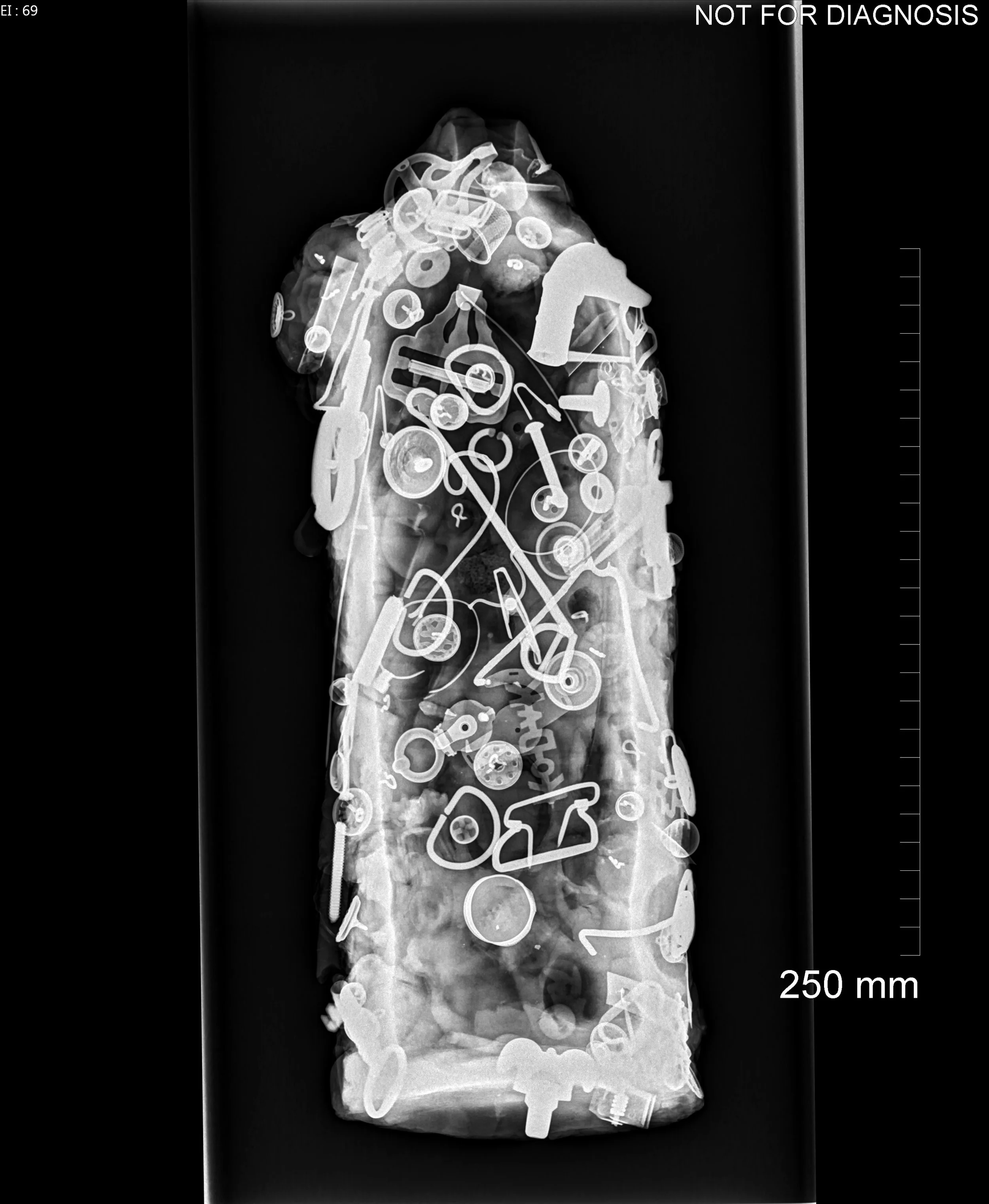While sketching some of Mrs. M. ———— 's objects during her absence in Mexico, one of her assistants came across some writing she did on her newly acquired tyg. Mrs. M. ———— has given her permission to share her notes on the tyg's origin here and welcomes you to learn more about the history behind this fascinating object.
This tyg was made by the talented English potter, my now dear friend, Mr. Edward Bingham at Castle Hedingham in Essex, England sometime between 1870 and 1890. I shall have to contact him for a more precise date now that I know it was his creation. He stylized it to look like other pieces that came out of Wrotham in the seventeenth century, such as the old tyg in my cabinet next to the fireplace.
The charming figure on the front of the tyg is King Henry, or should I say a King Henry. This figure either references King Henry IV of Navarre or King Henry V of England. Based on our dear potter's own origins, I am inclined to assume the latter. In the second half of the nineteenth century a story began circulating that King Henry invented multi-handled cups. The story goes that he stopped at an inn to get something to drink. As the servant girl attempted to hand the king his cup her nerves got the better of her and she spilled his drink on him which ruined his gloves. Perturbed by this, the king set off. When he returned from his hunt he had the royal potters make a multi-handled cup and sent it to the inn in hopes that the extra handle would allow him a more secure grasp at the tyg.
This story, while false, is interesting- I prefer to use the term etiology to describe it. An etiology is the explanation of why something is the way it is, but this doesn't mean the explanation is true... or does it? The tiny king sits atop his handle as if saying, "My presence here is truth!" Each time the story is published or the figure placed on a piece of pottery his influence on the tyg's history becomes greater.
The tyg serves as a reminder to us that etiologies shape our world just as much as histories do. They shape our world and guide our perceptions.








